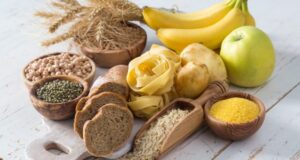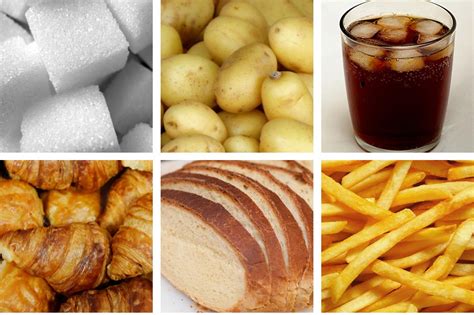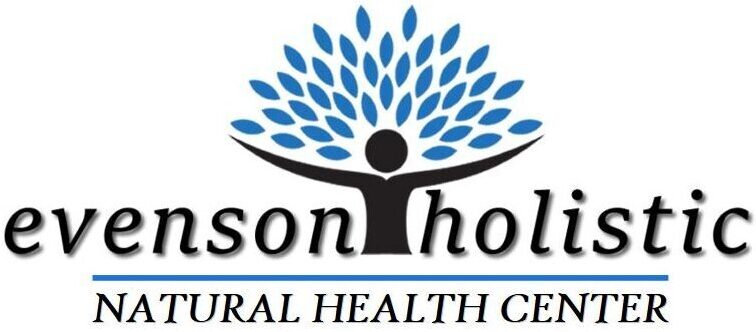What we eat plays a vital role in our overall health and wellbeing. One important concept in nutrition is glycemic load, which takes into account both the glycemic index and the amount of carbohydrates in a serving of food. In this article, we will discuss high glycemic food sources and how to eat for optimal health.
What is Glycemic Load?

The glycemic index (GI) is a measure of how quickly a food raises blood sugar levels. Foods with a high GI are quickly digested and absorbed, causing blood sugar levels to rise rapidly. Foods with a low GI are digested and absorbed more slowly, causing a slower and more gradual rise in blood sugar levels.
However, the GI alone does not give the full picture of how a food affects blood sugar levels. Glycemic load (GL) takes into account both the GI and the amount of carbohydrates in a serving of food. Foods with a high GL not only raise blood sugar levels quickly but also contain a significant amount of carbohydrates per serving.
High Glycemic Food Sources
High glycemic foods are typically those that are highly processed, high in refined carbohydrates, and low in fiber. Some examples of high glycemic foods include:

- White bread, bagels, and other refined grains
- Sugary drinks, such as soda and fruit juice
- Candies, cakes, and other sweets
- Potatoes and other starchy vegetables
- Rice and pasta
These foods can lead to rapid spikes in blood sugar levels, which can contribute to insulin resistance, type 2 diabetes, and other health problems. Over time, repeated consumption of high glycemic foods can also lead to weight gain, inflammation, and other chronic diseases.
How to Eat for Optimal Health
As a holistic practitioner, I encourage my clients to focus on whole, minimally processed foods that are low in glycemic load. Some examples of low glycemic foods include:
- Non-starchy vegetables, such as leafy greens, broccoli, and cauliflower
- Whole grains, such as brown rice, quinoa, and oats
- Legumes, such as lentils, chickpeas, and black beans
- Nuts and seeds
- Fruits with a low glycemic index, such as berries, apples, and citrus fruits
By incorporating more of these low-glycemic-load foods into their diets, my clients can help maintain stable blood sugar levels, support optimal health, and reduce their risk of chronic diseases. Eating a balanced diet that is rich in nutrients, fiber, and healthy fats is key to achieving and maintaining optimal health.
In addition to choosing low glycemic foods, it is also important to pay attention to portion sizes and to eat mindfully. Listening to our bodies, eating slowly, and savoring our food can help us tune in to our hunger and fullness signals and avoid overeating.
If you are ready to take things to the next level there is the Carnivore Food Plan which is an entirely different discussion in another article. But, here you won’t have to worry about overloading on carbs.
Conclusion
Glycemic load is an important concept in nutrition that takes into account both the glycemic index and the amount of carbohydrates in a serving of food. High glycemic foods are typically those that are highly processed, high in refined carbohydrates, and low in fiber. By focusing on whole, minimally processed foods that are low in glycemic load, we can help maintain stable blood sugar levels, support optimal health, and reduce our risk of chronic diseases.


Leave a Comment